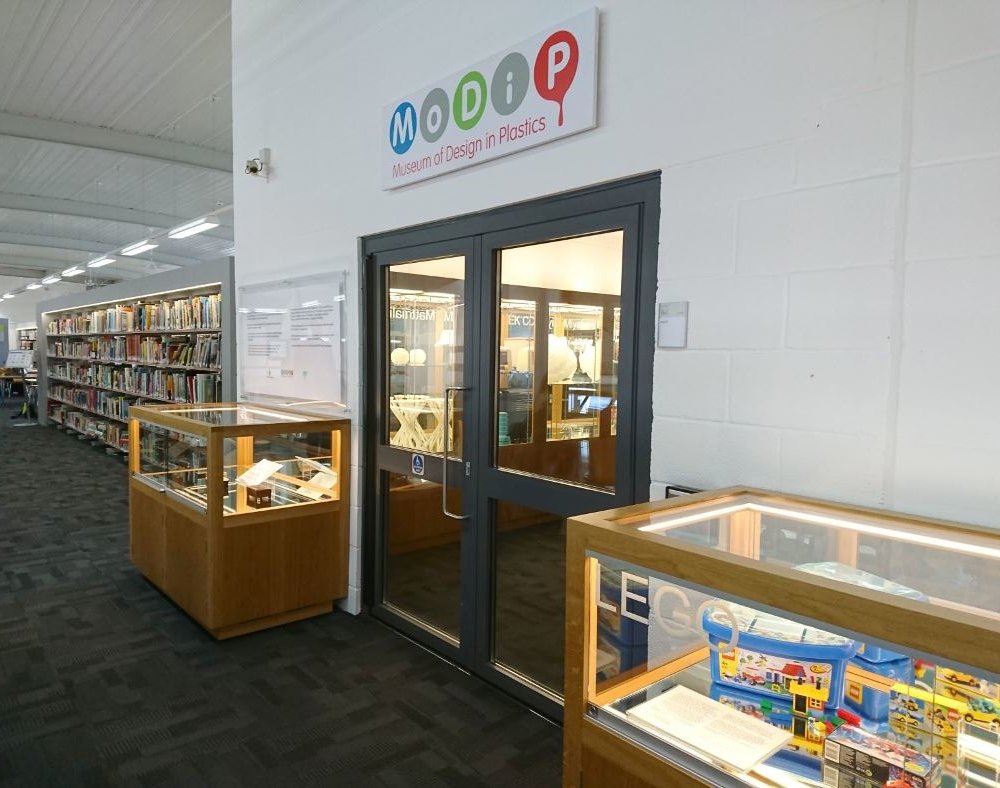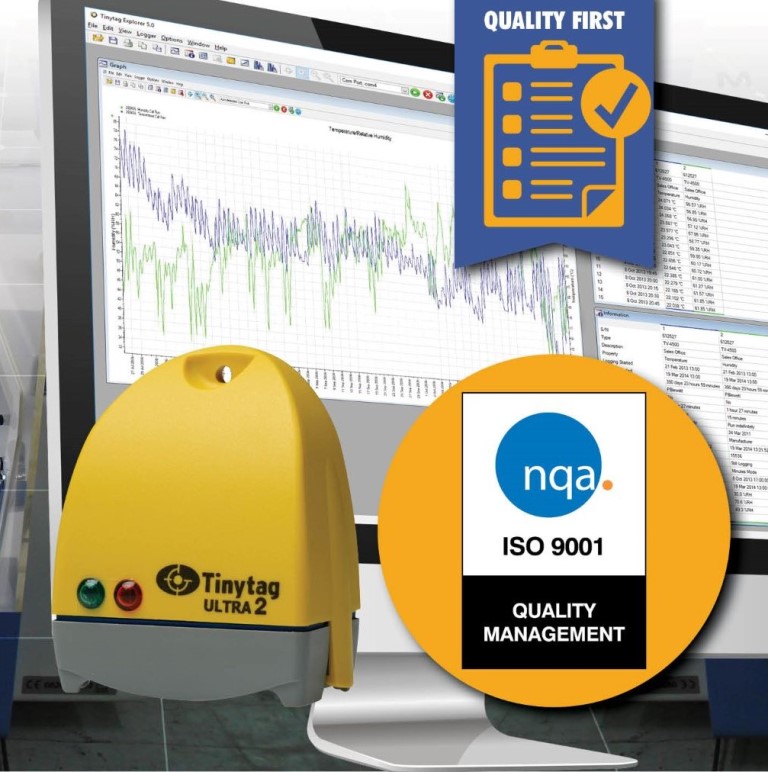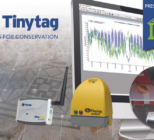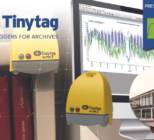Despite media reports telling the public that plastics last forever, from a museum and conservation perspective they are particularly sensitive materials that are vulnerable to slight fluctuations in environmental conditions.
Although plastics, especially single-use varieties, have gained a worsening reputation in recent years due to the impact of their inappropriate disposal on the environment, they have certainly influenced our way of life since their mass use in production began.
It is the mission of the Museum of Design in Plastics (MoDiP), part of Arts University Bournemouth, to increase the understanding and appreciation of the use and significance of plastics in design through their collections, exhibitions and outreach programmes.

Objects in the MoDiP collection include furniture, sports equipment, medical devices, materials for building and construction, everyday items – consumer technology, toys and clothes – as well as materials made from sustainable resources and those designed to protect the environment.
It is MoDiP’s responsibility to monitor the conditions their plastics collections experience, not only to preserve and maintain the conditions of the objects but also as part of the Museum Accreditation scheme.
Looking after plastics in collections can be a challenge for many museums, as the term ‘plastics’ actually refers to many different types of material; each of which has its own specific environmental requirements for long-term preservation.
As part of their essential environmental monitoring, MoDiP uses three Tinytag Ultra 2 TGU-4500 data loggers for temperature and relative humidity monitoring; one located in the main objects store, one in the large objects store, and the other in a display case in the adjacent University library.

Unsuitable levels of temperature and relative humidity can cause physical and chemical degradation in plastics, so monitoring these parameters is an integral part of caring for their collections.
Continuous environmental monitoring using the Tinytags allowed MoDiP to identify that the display case in the University’s library was experiencing unstable conditions as there were no specific environmental controls in place.
With data from the logger the museum was able to see that temperatures would rise during the day while the library was in use by students, and then drop rapidly at night when the University was closed. MoDiP responded by limiting the amount of time that objects are out on display in this area.
“The Tinytags are extremely easy to use,” notes Katherine Pell, collections officer at MoDiP. “They are small and portable so that we can easily move them around to record in different locations as needed. They are unobtrusive so we can put them into display cases without detracting from the exhibits. The software is easy to read and interpret, particularly in helping to build a picture of average conditions over the year.”
Environmental data gathered by the Tinytags is also being used as part of a new installation at MoDiP. A Fine Arts tutor at Arts University Bournemouth has taken readings from the museum’s stores and is using them to inform the composition of a musical piece enabling visitors to ‘hear’ what is happening in the sensitive museum environment.











